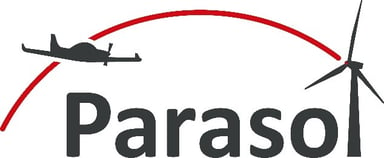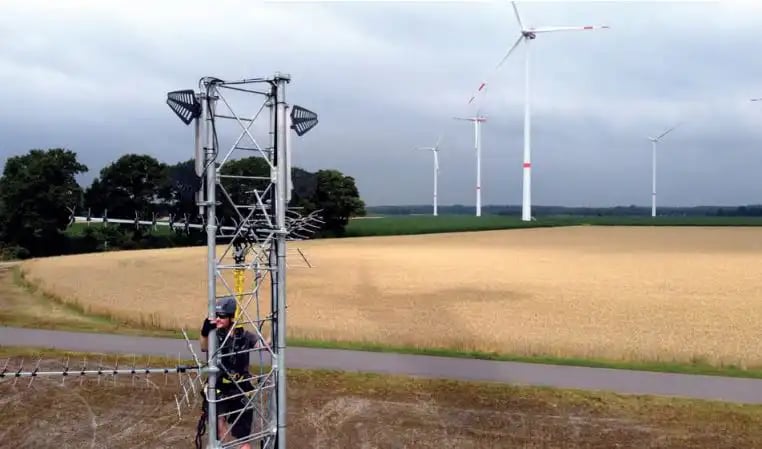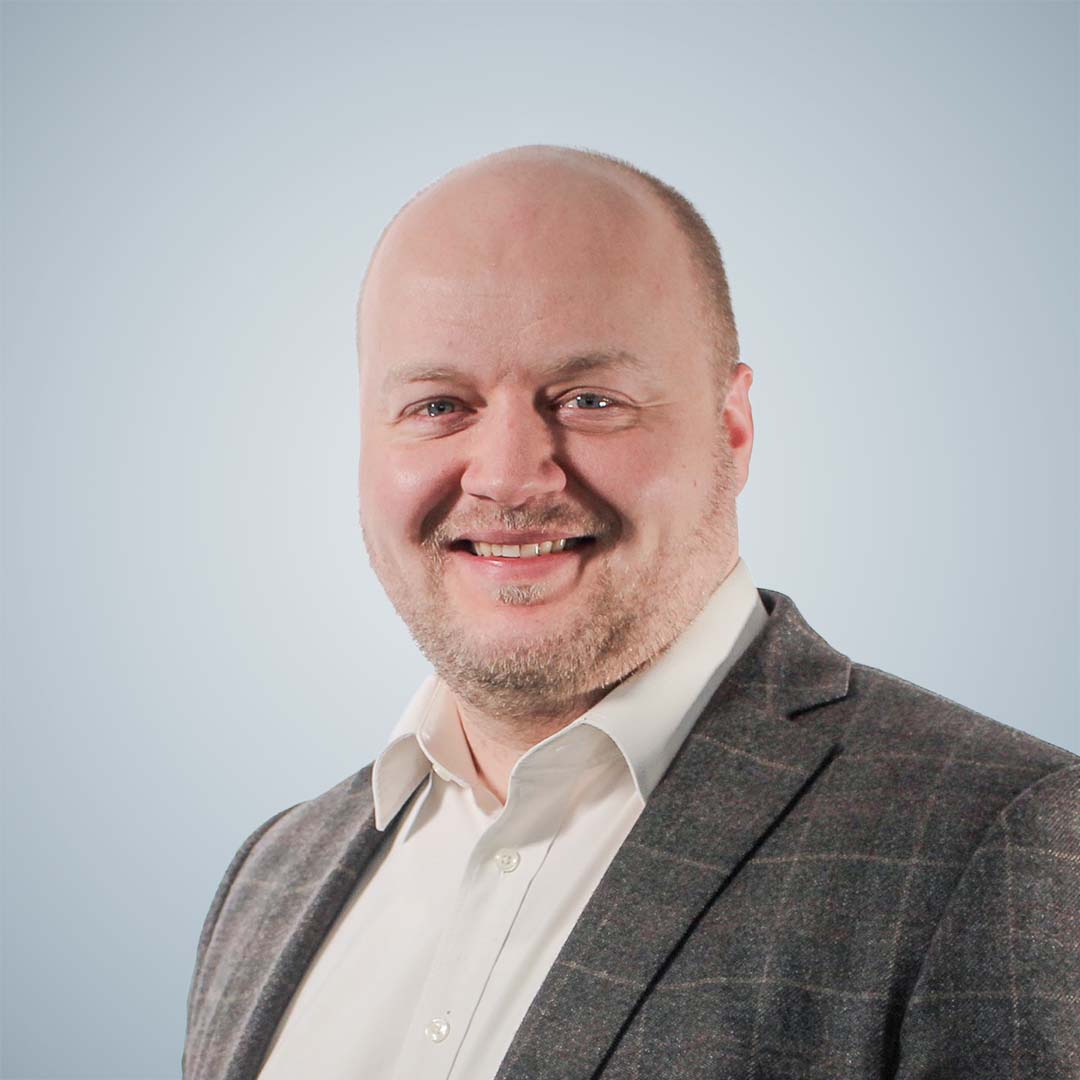- Olga Schmidt
- 12.12.25
- 2 min
- Success factor sustainability
Your contact person
Dr Viktor Schneider
From turbine upgrades to dark nights, Parasol assists with all steps to secure EEG (Renewable Energy Sources Act) compensation for a wide variety of wind farms.

The passive radar system (Parasol) ensures that the lighting of a wind farm is only switched on when an aircraft or helicopter is actually approaching. Since Parasol can locate aircraft with pinpoint accuracy, it provides the necessary capability to distinguish between aircraft in relevant and non-relevant proximity. BNK systems do not have to be able to distinguish between aircraft in relevant and non-relevant proximity according to the law - valid AVV. It is sufficient if BNK-systems register aircraft in principle. However, if a system is technically unable to locate them in height and distance, false alarms would be triggered during authorised night flight operations and the night-time lighting of wind farms would be switched on without justification.
Parasol offers completely remote-control system components, is self-diagnostic and capable of maximum safety and has a permanent recording of the operating conditions in a central evaluation unit as well as a complete 360° detection. The system expansion was supported by EurA in terms of conveyor technology. Through the installation of 2 antennas offset in height, an additional height measurement takes place. This reliably differentiates between ground vehicles and aircraft (even at low altitudes). These antenna units are positioned at three dislocated locations, either directly on the tower of the wind turbine or on a specially erected mast.

A classic radar sends out electromagnetic signals and receives the echo reflected by an object in the detection range. The distance of the object is calculated from the time difference between the original signal and the echo. Parasol, on the other hand, uses the broadcast signals of the digital networks DVB-T and DAB+, which are available throughout Germany. The transmitting mast can be up to 80 kilometres away. The Parasol sensors receive both the original signal and its echo from a flying object. The system calculates the exact location of the target object from the relation of the two signals.

Visit the website for more insights into Parasol.
Parasol is independent of the equipment of the flying object and 100% passive; the Parasol system does not emit any radiation. It has low illumination times to protect local residents and the environment and provides accurate location of flying objects. The effective area design of Parasol allows several neighbouring wind farms to be combined, thus achieving a significant synergy effect both technically and in terms of price. This, in conjunction with the manufacturer-independent integration of the flying lights, creates long-term investment security.
To counteract light pollution, it has been mandatory since 2018 for wind turbines in Germany that are subject to labelling to be equipped with systems for demand-based night-time labelling (BNK). The night-time collision lighting (illumination) of wind turbines (WTs) affects public acceptance and attracts birds, smaller mammals, and insects into the danger zone of the rotors. Since signal processing has undergone significant advances in recent years, increasingly complex tasks, and more demanding functions such as object tracking, pattern recognition or classification can be solved economically with radar.
Cause analysis of conspicuous detection clusters in the close range of the Parasol system and development and investigation of algorithms for the classification, treatment and suppression of the detection clusters occurring in the radar image offer previously untapped innovation potential. Based on these investigations and the necessary recording of site-specific flight activities for the treatment of signal causes, a general initial classification of flying objects will be carried out by passive radar systems and extended to questions of nature conservation. Thus, possibilities of bird tracking are to be considered within the framework of signal evaluation.
In recent years, economic actors and scientific institutes have developed numerous systems for bird and bat detection on wind turbines. Corresponding solutions have been developed for active radar systems but have not yet been transferred to applications with passive radar. Therefore, there is a need for research on mathematical modelling, analysis of the created algorithms regarding stability and detection probability, filtering, and data processing of detection events. The investigation of these approaches is therefore a challenging and innovative task in the field of wind energy and nature conservation.
In the proposed solution path, system-serving technological improvements, and contributions to the environmental relevance of passive radar technology are considered within the framework of a research project with funding support from the German Federal Environmental Foundation. In particular, there are technical challenges in the use of raw data at close range, which on the one hand led to false-positive or false-negative detection accumulations, and on the other hand, can be used for new fields of application.
Feel free to contact us if you are active in the wind farm and energy sector. We will advise you on your funding options without obligation. You too can profit – just like Parasol profits from you!
Author: Joke Brodersen

Your contact person
Dr Viktor Schneider
EurA AG
T- 079619256-0Max-Eyth-Straße 2
73479 Ellwangen
info@eura-ag.com